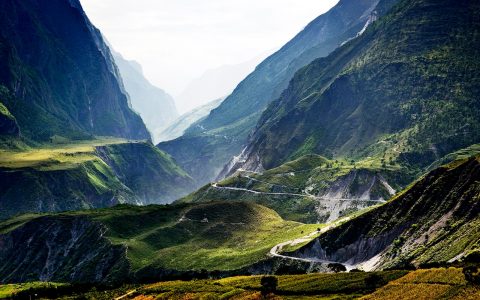From Marco Polo
to Eat, Pray, Love:
A (Very) Brief History of
Bali & Indonesia

From a trading post for the Dutch East India company to a lush and vibrant film set for the likes of Julia Roberts, Bali has had many incarnations throughout the centuries—and welcomed visitors from all corners of the globe.
Hindu Influence
Hindu influences reached the Indonesian archipelago as early as the first century, and today there are two major theories to explain its arrival. The first belief is that South Indian sea traders brought Hinduism with them. The second describes how Indonesian royalty first embraced Indian religions and culture, with the masses soon following their lead.

European Contact

The first mention of Indonesia by a European traveller can be traced back to Marco Polo. In The Travels of Marco Polo, his travelogue from the late 13th century, Polo claimed to have encountered unicorns populating the island of Sumatra. (It was later deduced that what Polo thought were unicorns were in fact Sumatran rhinoceros.)
Throughout the 16th century, Bali was on the radar for many European seafarers. In 1597, Dutch explorer Cornelis de Houtman arrived in Bali with 89 men. Houtman fell in love with the island, christening it “Young Holland.”

When the Dutch returned to Indonesia in later years, they were interested in profit. Although the Dutch East India Company, known in Dutch as Vereenigde Oostindische Compagnie, was very active in the Maluku Islands, Java and Sumatra, it barely gave Bali a second glance. When the opening of a trading post in Bali was attempted in 1620, the first merchant, Hans van Meldert, was given the mission to purchase “rice, beasts, provisions and women.”
Balinese slaves were highly prized, both in Bali and overseas. Male slaves were famous for their manual skills and courage, while females were known for their beauty and artistic skills. Payment to Balinese kings would usually be made in opium.
Dutch Conquest
The Dutch government expanded its control across the Indonesian archipelago during the second half of the 19th century. Dutch political and economic control over Bali began in the 1840s on the island’s north coast, when the Dutch pitted various competing Balinese realms against each other. Dutch rule was short-lived and by late 1949, the Netherlands recognized Indonesian independence.
The Rise of Tourism and Modern Bali
The tourism boom started in the early 1970s. Though tourism has had some marked adverse effects, it has brought many positive changes, primarily in the form of money, which has allowed for improvements in infrastructure such as roads, telecommunications, education and health.
Eat, Pray, Love
 After selling millions of copies, Elizabeth Gilbert’s 2006 book Eat, Pray, Love put Ubud on the map, inspiring many tourists to visit Bali and Julia Roberts to star in a movie adaptation. Ten years after the book was published (and six years after the movie), a quick internet search reveals hordes of copycat itineraries and testimonies from adoring fans whose lives were changed after following Gilbert’s journey. However, they aren’t the only ones who’ve experienced a rebirth.
After selling millions of copies, Elizabeth Gilbert’s 2006 book Eat, Pray, Love put Ubud on the map, inspiring many tourists to visit Bali and Julia Roberts to star in a movie adaptation. Ten years after the book was published (and six years after the movie), a quick internet search reveals hordes of copycat itineraries and testimonies from adoring fans whose lives were changed after following Gilbert’s journey. However, they aren’t the only ones who’ve experienced a rebirth.
Bali itself experienced a revival following the release of the best-selling memoir. Since the book was published, the once-sleepy tourist haven has embraced a steady stream of visitors. The book’s footprint is everywhere in Ubud, and there are now two different kinds of Bali experiences to choose from: for the literati, there’s “Bali from the book,” while the more visually inclined can experience “Bali from the movie.”

For some, it’s a love/hate relationship. Though the book’s success has increased tourism, not every Balinese is thrilled about being the centre of attention and the prospect of price increases has locals worried.
As a result of the Eat, Pray, Love tourism boom, Bali’s also becoming more commercial—and, some fear, something of a cliché—with tours built around the book and the Balinese people too happy to name-drop locals who were featured.
But despite some reservations, the upswing has proven undoubtedly positive for the Balinese economy. Tourism has supplanted agriculture as Bali’s largest single industry, making it one of the wealthiest regions in Indonesia.
MORE FROM Asia-Pacific + Bali

Biking in Cambodia with B&R Expert Guide Fin
Cambodia
The Slow Fund: Rice Production with Ozuchi Village
Japan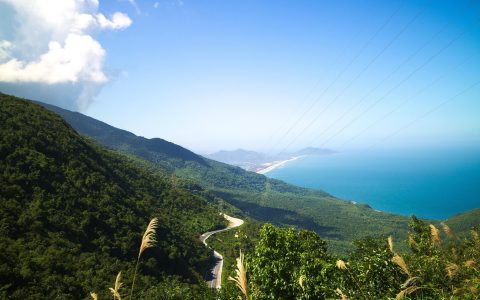
Take a Virtual Ride on the Hai Van Pass in Vietnam
Vietnam
How Three Cambodian Hotels Are Joining Forces to Feed Their Communities
Cambodia
Meet Fin—B&R’s Expert Guide in Cambodia
Cambodia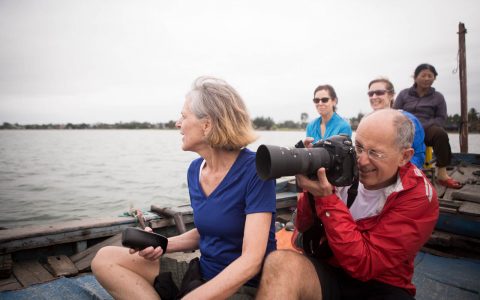
An Insider’s Eye on Vietnam: What to See and What to Skip, According to our Vietnam Expert
Vietnam
Photo Essay: Exulting in Mongolia’s Eternal Blue Sky
Mongolia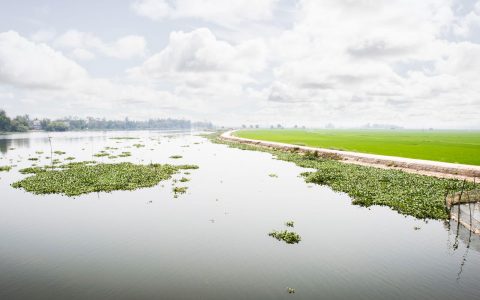
The Best Times of Year to Travel to Asia
Vietnam
Chris Litt: On Mongolia and the Desire to Disconnect
Mongolia
Top 6 Multi-Day Walks in Australia
Australia
The 8 Best Restaurants in Auckland
New Zealand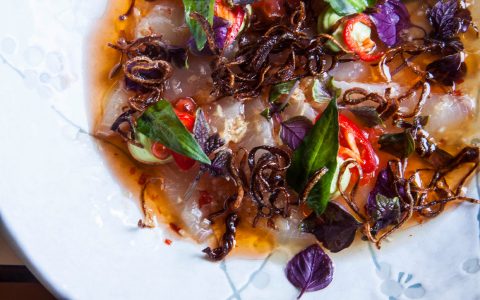
The 5 Best Restaurants in Wellington
New Zealand
8 Reasons Why You Need to Take an Australian Adventure
Australia
Cultural Quirks About Bhutan That Will Blow Your Mind
Bhutan
5 Things to Know Before You Go to Japan
Japan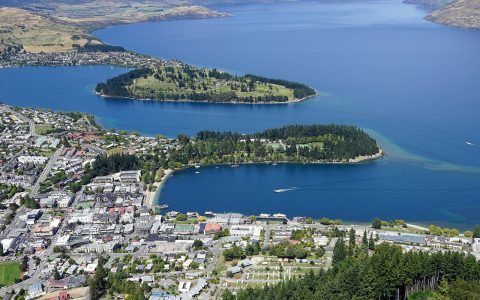
8 Favourite Restaurants to Eat in Queenstown
New Zealand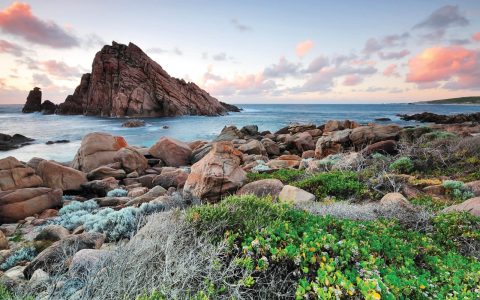
10 Must-Try Australian Wines
Australia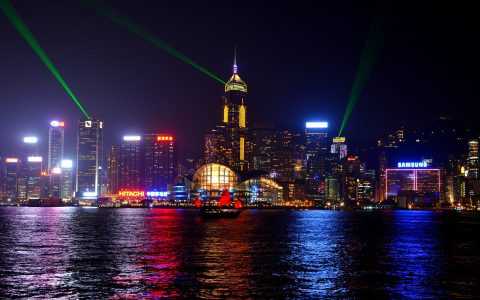
Where to Eat in Hong Kong: 7 Best Restaurants
China
A Kiwi’s Guide to Enjoying New Zealand
New Zealand